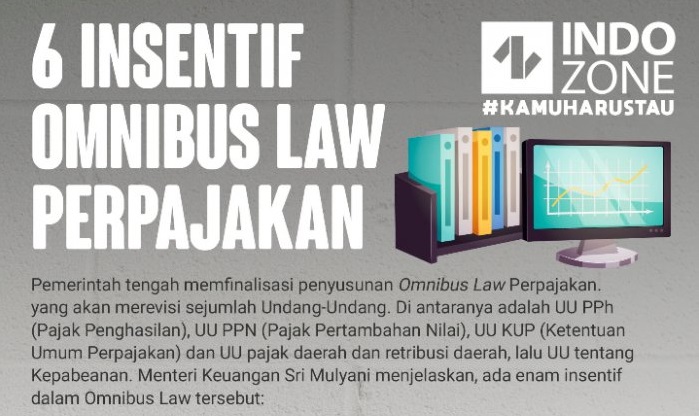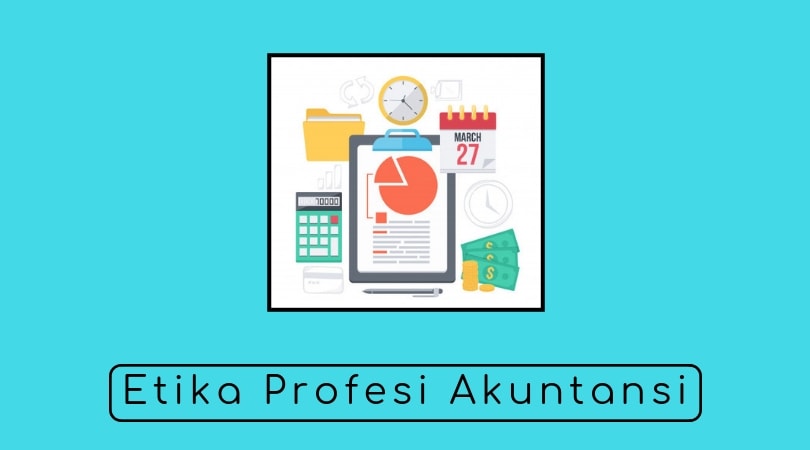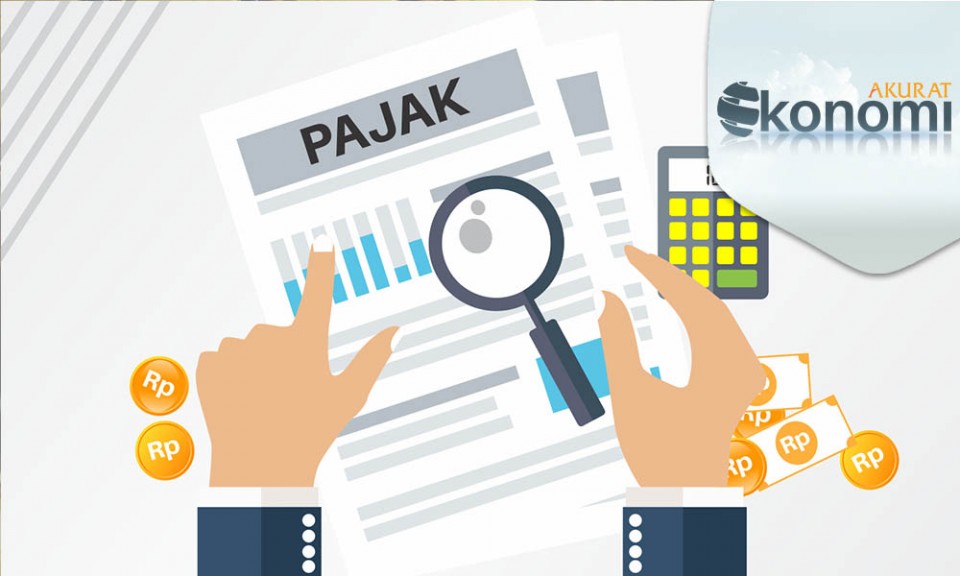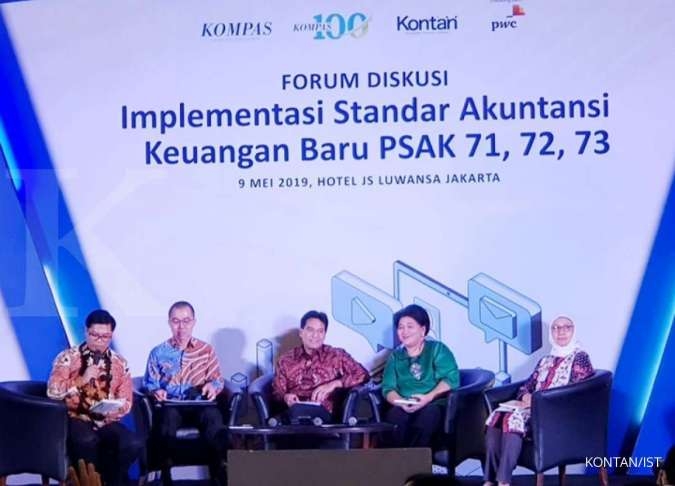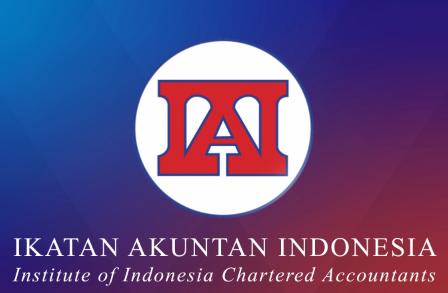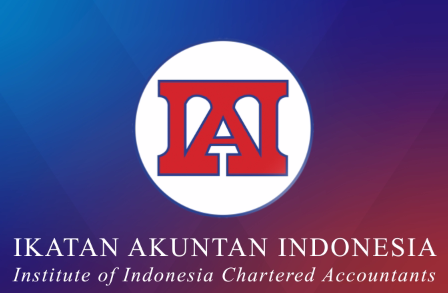
Accounting services are rapidly becoming commoditized, and when clients don’t perceive a clear difference between service providers, they may choose the least expensive option. This is especially true for audit services, where clients — as well as auditors themselves — may see little difference between the work of competing firms.
One way to change that perception, according to Debra Thompson, CPA/CFF/CITP, principal at DK Thompson LLC in Minneapolis, is to add value to audits using technological tools that make it easier to provide analysis.
According to Thompson, who presented a session on Wednesday at the AICPA ENGAGE 2018 conference in Las Vegas, auditors have an opportunity to change the perception of an audit as a commodity by adding value to what is perceived to be a homogenous service. Thanks to technological advances, auditors are in prime position to do that by providing management and stakeholders what they really want.
What does management want? In an interview before the event, Thompson cited a survey of financial executives around the globe performed by Financial Executives International (FEI), which was released in 2016. “The biggest thing that they want is facilitating analysis and decision-making,” she said.
They also seek improvements in business analytics, higher-quality data, more accurate forecasting and planning, and ongoing monitoring of business performance. While this survey was specifically looking into the technology needs of financial executives, as Thompson pointed out, auditors are in the perfect position to provide these insights to clients.
Auditors already have access to a great deal of information about their clients’ businesses. Thompson’s work as a forensic accountant has taught her that “you learn by looking at people’s information what’s important to them.” By “marrying” the information auditors already have to the desires of management for better business analytics, Thompson said auditors will be able to provide added value to their clients, which will differentiate their services from those of their competitors.
Thompson pointed to the recent guide published by the AICPA, Guide to Audit Data Analytics, as a valuable resource for auditors to learn how to present that information in ways that help clients understand what the data mean. Audit data analytics will become an important part of the skill set of CPAs in the future, and the AICPA is monitoring the role of audit data analytics for newly licensed CPAs, as increased assessment of these skill sets on the CPA Examination is likely.
The first step is to find out what businesses want and what information is most useful to that business. “When you’re doing analytics, you can do a whole bunch of things,” Thompson said. “But just because you can doesn’t mean you should. It may not be useful to your client.”
Insights into what businesses really want can only be obtained by having in-depth conversations with management and stakeholders. By improving their listening and questioning skills, auditors can help those stakeholders zero in on their desired outcomes. Thompson said she sometimes asks clients directly, “What is your end game? What do you want your outcome to be?”
For example, a client may want to open a new store. Auditors can help with calculations to determine a break-even point or mine the data to determine the common characteristics of their existing successful stores.
By combining the verbal information with client data and applying audit data analytics tools to client data, auditors can provide key information to management. This information supplies the guidance management needs to evaluate the steps required to achieve those desired outcomes. “You can give them [the information they need] in order to get that desired outcome,” Thompson said. “But it’s really up to them if they want to do it.”
Thompson cautioned that “you have to give value to that particular client. You can’t assume you know what every client in that industry wants to know.” This means that each client will need an individualized set of value-added services.
There will always be clients who won’t want more than an audit. And there will be some who will want the information, and actually want to go through the same process to make the change, but then when they find out how difficult some of the things are, they won’t be willing or able to proceed, Thompson said. Maybe the change would displace a long-time employee who is nearing retirement. Or maybe the change requires much more effort than they’re willing to apply.
Thompson emphasized the need to “listen and focus on outcomes, not outputs.” This orientation will help auditors make a difference in the lives of their clients. “That has to be part of the added value in being able to understand what is important to that particular person,” she said.
— Liz Farr is a freelance writer based in Los Lunas, N.M. To comment on this article or to suggest an idea for another article, contact Ken Tysiac, a JofA editorial director, at Kenneth.Tysiac@aicpa-cima.com.




